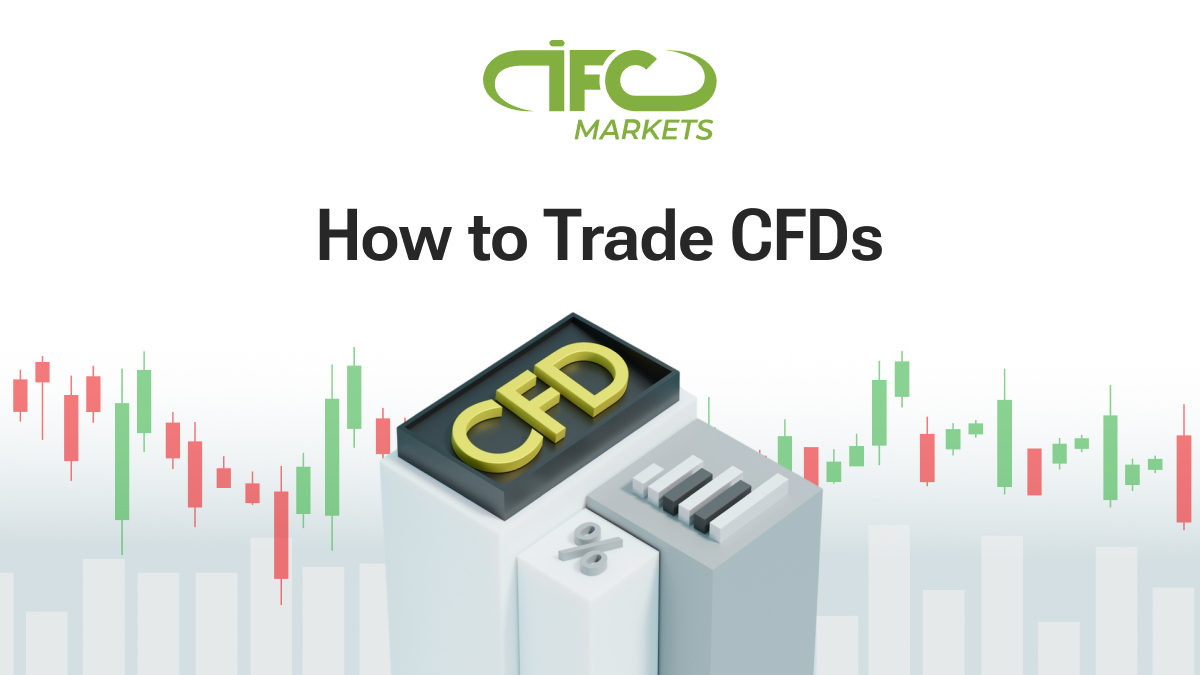Welcome, CFD traders in Australia! Developing traders tend to make several common mistakes when starting in Contracts for Difference (CFDs) trading. It is essential to be aware of these common scenarios and take measures to prevent them from happening as you gain experience. Understanding the pitfalls associated with this form of trading can reduce risk and maximize potential returns while navigating the financial markets.
In this article, we offer eight essential tips for new CFD traders in Australia – helpfully providing insight into how best to tackle each mistake and succeed at trading using contracts for difference. Read on for advice about how even junior CFD traders can become successful in their trades and avoid costly errors.

We are not doing enough research.
As with any trading, CFD trading in Australia comes with risks and rewards. One common mistake many new traders make is doing more research before taking the plunge. Signing up for a CFD trading account without considering all angles can be disastrous; it makes sense to research the advantages and disadvantages of these derivative instruments before opening a live performance.
Education should come first, so take the time to spot opportunities and minimize losses properly. When you manage your investments wisely and make consistently successful trades, it will pay off in the long run.
I do not understand the financial markets.
CFD trading requires a deeper understanding of the underlying markets. It is essential to thoroughly research and understand all the different asset classes in play, such as currencies, stocks, commodities, and indices. Knowing how each asset is priced and what factors influence pricing will help you make more informed decisions when trading CFDs.
It’s also vital to understand the movements of these markets as a whole; tracking market news and staying up-to-date on global events that may affect your investments can help you make smarter decisions and potentially increase your chances of doing well.
Poor risk management practices
CFD trading can be risky, and it is crucial to have a good understanding of risk management practices. Without proper risk management, traders are more liable to incur heavy losses.
You must set rules for loss limitation and limits on how much capital you will put at risk in any trade. Developing and sticking to a strategy will also help reduce the chance of costly mistakes. Remember, even successful traders experience losses, so don’t forget about stop-loss and take-profit orders, which will help protect your earnings and limit losses when needed.
Taking too much leverage
CFD trading generally allows for greater leverage than other types of trading instruments. While greater influence can lead to higher returns, it also means that losses can be amplified as well. New traders often make the mistake of taking too much power, which can increase risk and cost them their hard-earned capital.
It’s crucial to find the right balance when leveraging; not too little to miss out on potential trades, but not too much either, or you may quickly find yourself in a difficult position with significant debt obligations.
I am not using stop orders.
Stop orders are essential for any trader, especially new CFD traders who might still be finding their feet in the market. A stop order is a stop-loss order that automatically closes an open position once it reaches the predetermined price level. It can help you limit your losses and protect capital in case of sudden market fluctuations or unexpected events.
Having a clear plan to exit trades is just as important as having an entry strategy, so set up stop orders whenever possible.
Failing to diversify
Diversification is critical when trading CFDs, as it can help spread out risk and thus reduce the chances of heavy losses. It’s important not to put all your eggs in one basket by investing too heavily in a single asset or market; instead, try to diversify your portfolio by investing in various assets and markets.
It will help ensure you’re not over-exposed to any market, so you won’t be hit too hard if the worst happens.
I do not understand fees and commissions.
Trading CFDs comes with specific fees and commissions, something many new traders don’t consider until it’s too late. These can include swap fees (as overnight financing charges), account maintenance fees, and brokerage costs.
It’s essential to be aware of these before you start trading, so make sure you read the fine print of your trading platform to understand all the fees and commissions you may incur.
I do not have enough capital.
Enough capital is essential for trading CFDs, as it can help cushion any losses. Ensuring you have enough funds to cover potential losses and not be overexposed to any market or asset. It’s also good to start with smaller investments first and gradually increase your capital as you gain more market experience and confidence.
CFD trading can be an exciting way to make money but also risky; avoiding these common mistakes is essential to increase your chances of success. Take your time to research the markets, develop a sound strategy, and manage risk responsibly. With the right approach, CFD trading can be an enriching experience.












